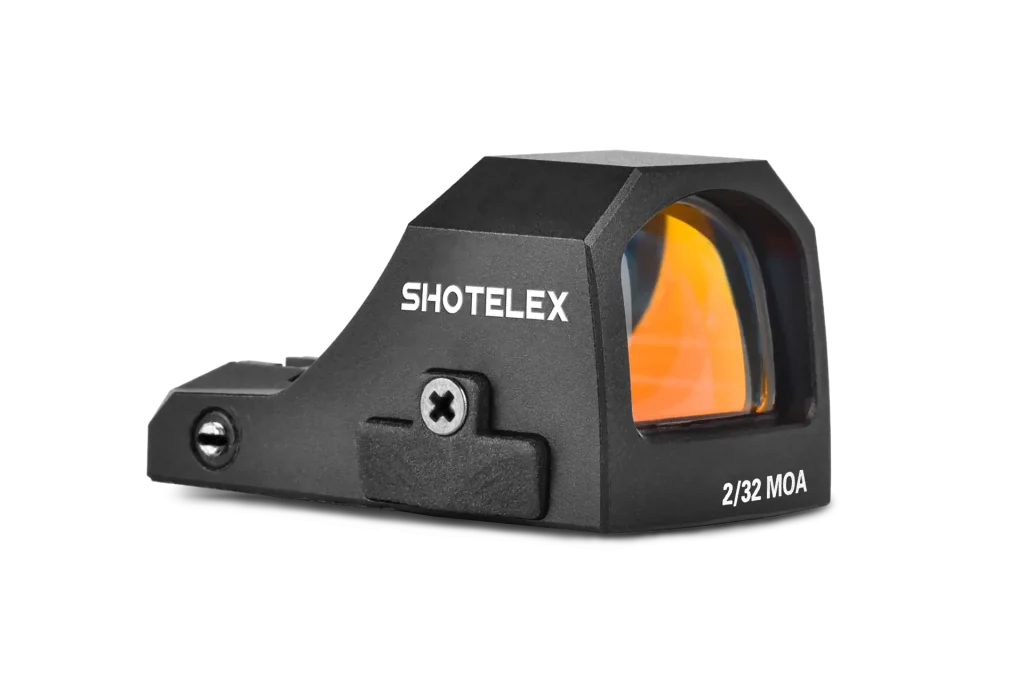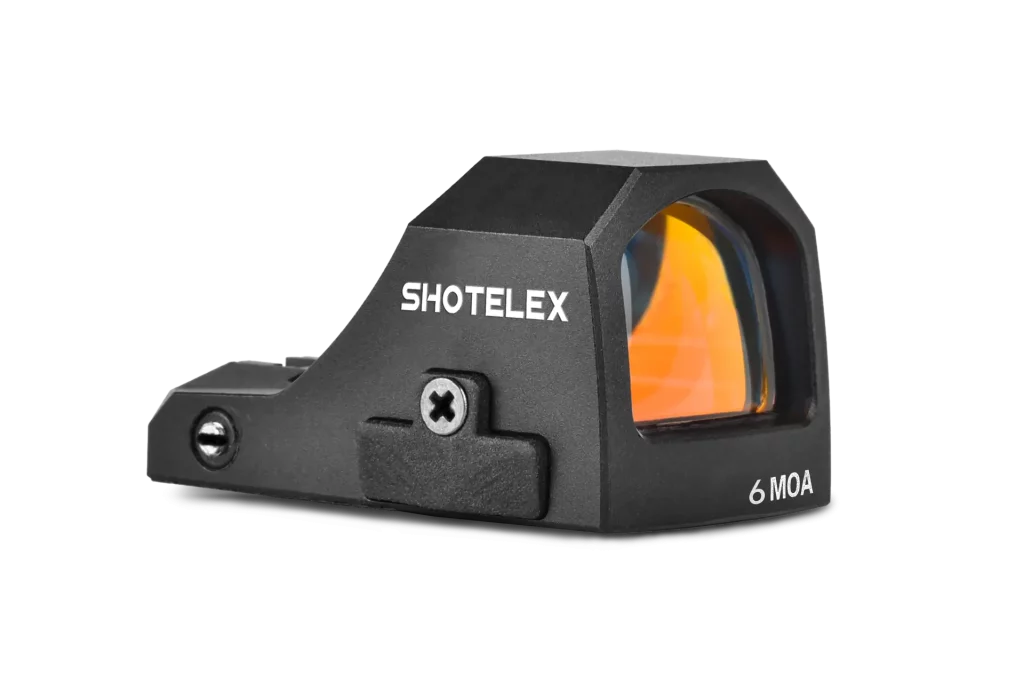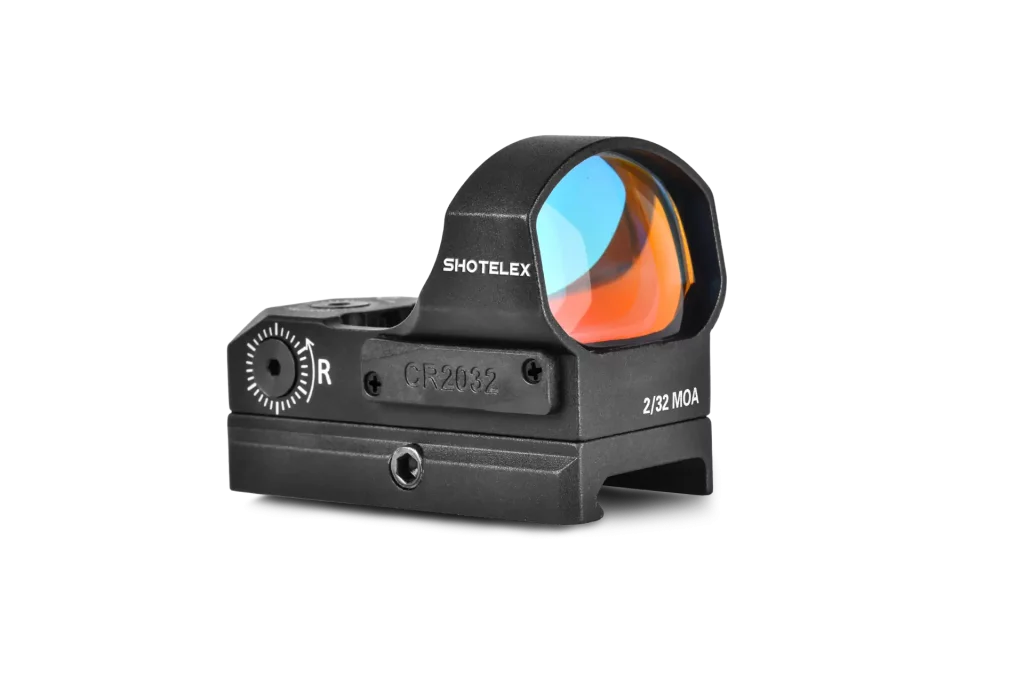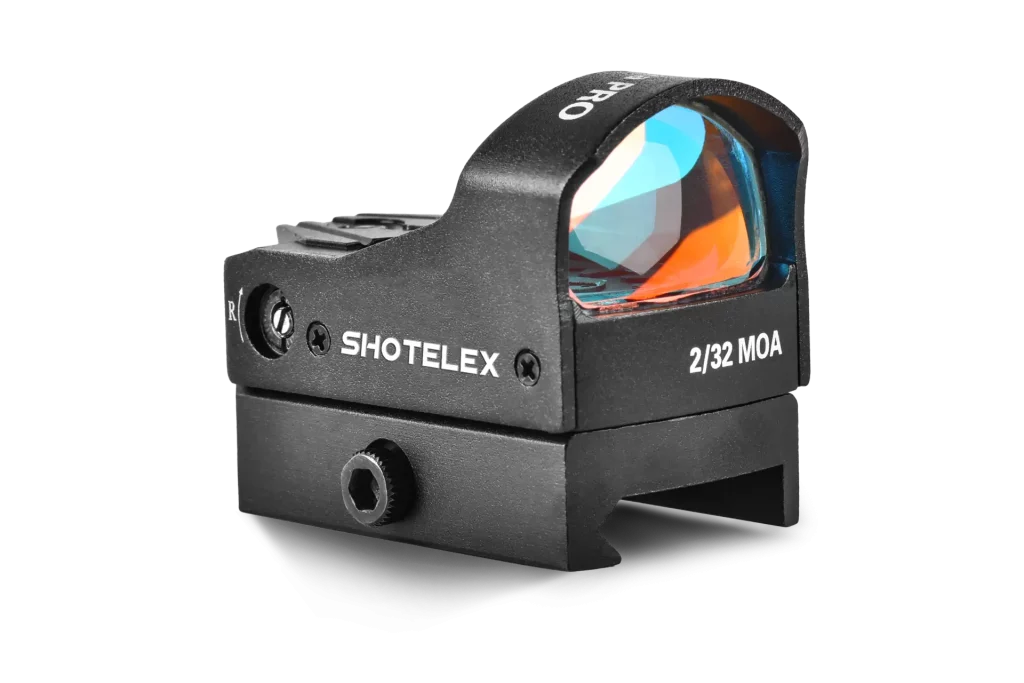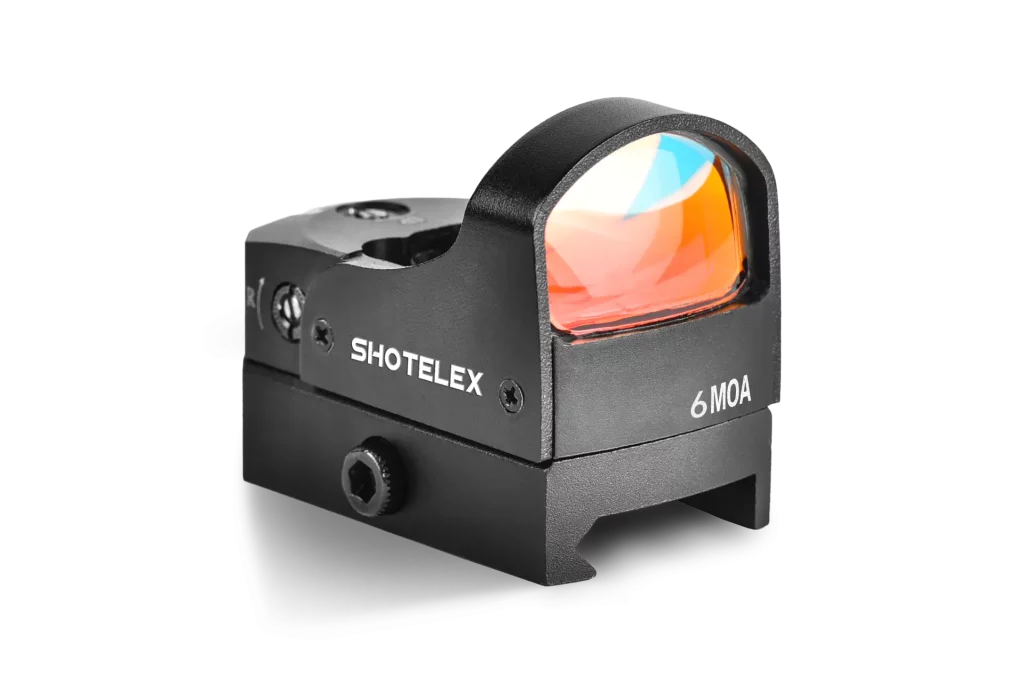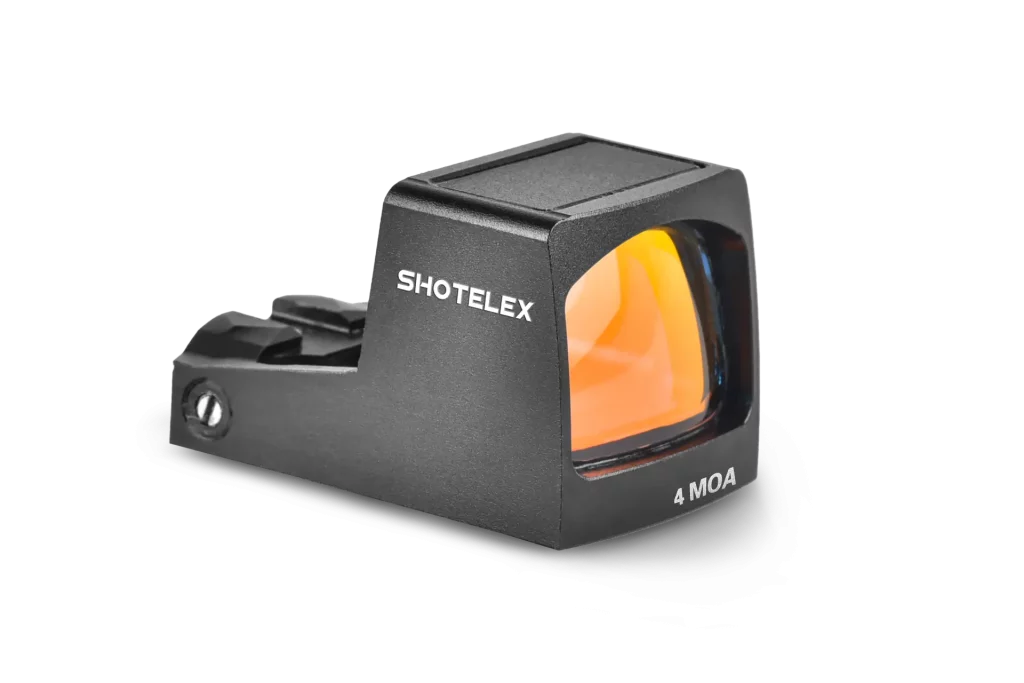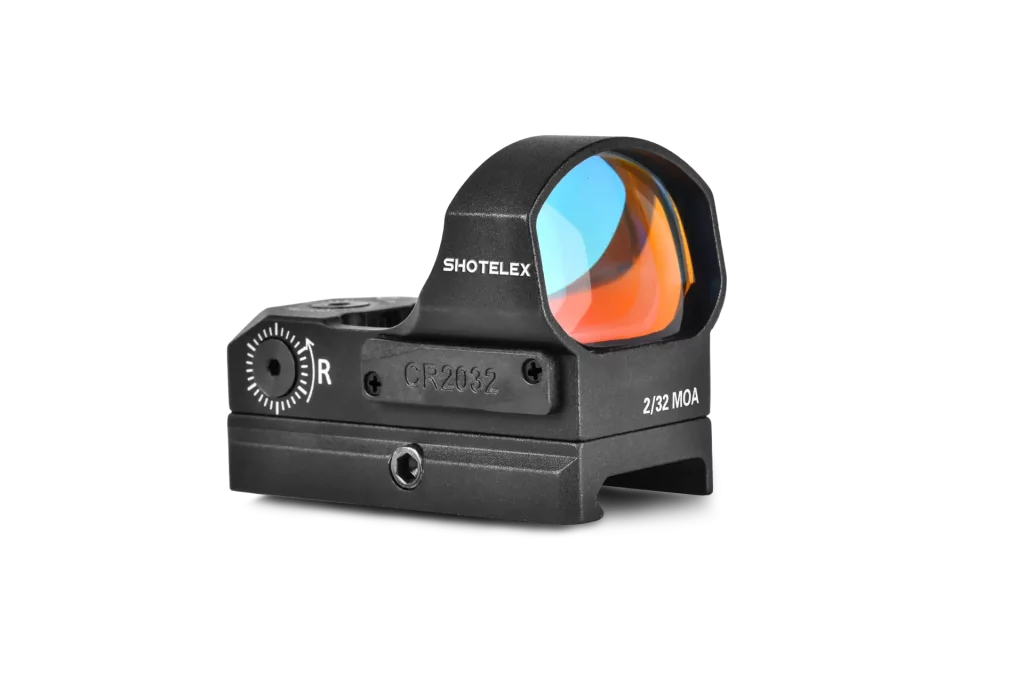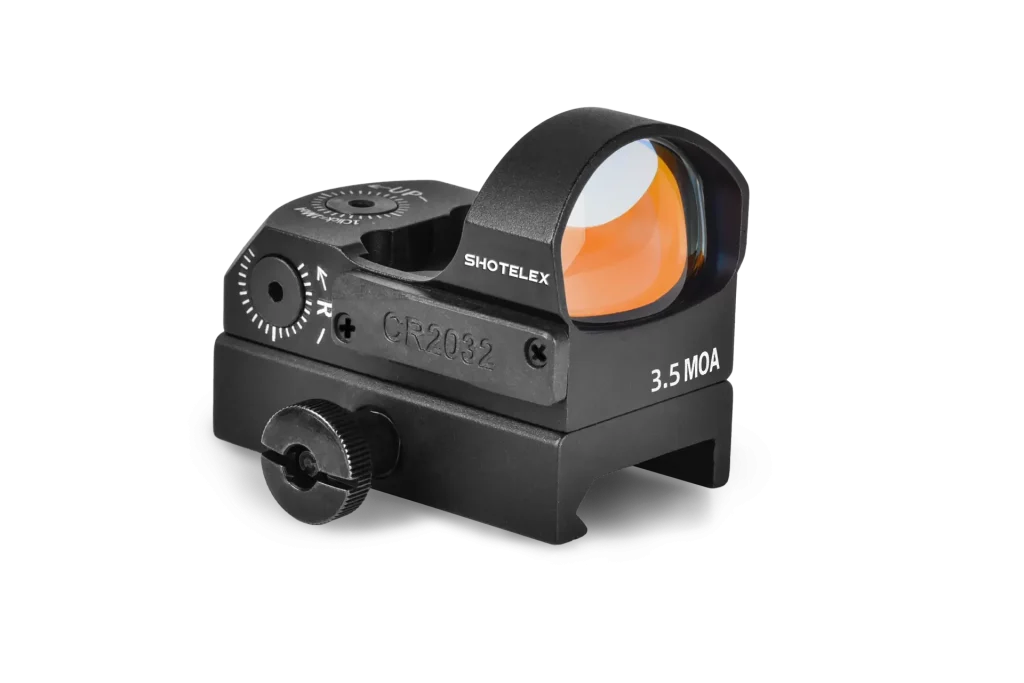How Mini Reflex Sight Extends Battery Life?
For shooters who rely on the red dot sight, the worst experience is when the device suddenly loses power at a critical moment. Whether the target is close at hand during hunting or a quick response is needed in tactical training, the reliability of battery life directly determines the value of the scope.
This article will start from the actual usage scenarios, analyze the common pain points of users, and provide a set of operational battery management solutions to help you maximize the battery life of your device without sacrificing performance.
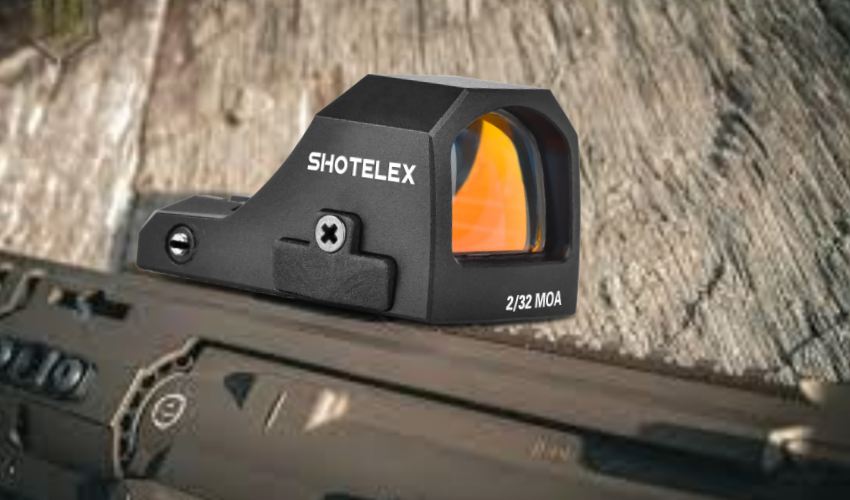
Why Is Battery Life So Important?
Imagine such a scene: You hold your breath and aim at the target during a hunting in the early hours of the morning, but the red dot suddenly disappears. Or miss the best shooting opportunity due to frequent battery replacement during the competition. Behind these embarrassments often lies the neglect of battery management.
Most Red dot scopes use CR2032 button batteries. The nominal battery life of mainstream models usually ranges from 1,000 to 50,000 hours. However, in actual use, many users have found that battery wear and tear is much faster than expected. This gap not only increases the cost of use, but also may endanger the safety of the task. Understanding the key factors of battery wear is the first step to solving the problem.
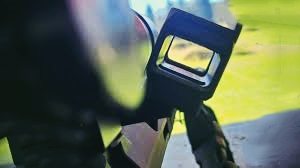
Five Core Strategies For Extending Battery Life
1. Control from the source: Select high-quality batteries and store them correctly
Poor-quality batteries and incorrect storage methods are the hidden killers of reduced battery life. The actual capacity of some cheap batteries may only be 60% of the nominal value, and their performance drops sharply in low-temperature environments. It is recommended to give priority to low-temperature-resistant lithium batteries, as these batteries can still maintain over 80% of their capacity at -20 ℃.
When storing for a long time, be sure to remove the battery from the device. High temperatures and humid environments can accelerate the self-discharge of batteries. Storing them in sealed bags with desiccants can effectively extend the shelf life of spare batteries.
2. Brightness adjustment: Strike a balance between efficiency and visibility
More than 70% of power waste stems from unnecessary brightness Settings. On a well-lit day, adjusting the brightness to the lowest level that is barely visible can keep the aiming point clear. When used at night, excessively high brightness can instead cause halo interference. Generally, medium brightness is sufficient to handle most environments.
It is equally crucial to form the habit of turning off the power supply immediately after use. For example, during a break in training, turning off the device for 10 minutes can save the equivalent of one hour of continuous use of electricity. For models without physical switches, the battery compartment cover can be briefly removed to achieve power failure.
3. Utilize intelligent technologies to reduce standby energy consumption
The energy-saving design of the new generation of scopes has significantly changed the logic of battery management. Models equipped with the “vibration wake-up” technology can automatically enter sleep mode when at rest and consume only 1% of the power in the standard mode. When the sensor detects movement, the device will resume operation within 0.5 seconds. This design is particularly suitable for law enforcement or hunting scenarios that require round-the-clock standby.
4. Response plans for extreme environments
Low temperature is the number one enemy of batteries. When the ambient temperature drops below -10℃, the capacity of ordinary alkaline batteries will decrease by more than 50%. At this point, the cold-resistant lithium battery should be switched to, and the spare battery should be stored close to the body in the inner bag to maintain its working temperature by body temperature. In high-temperature areas such as deserts, it is necessary to avoid direct sunlight on the equipment. High temperatures not only accelerate battery wear but may also damage optical components.
5. Regular maintenance can prevent hidden power consumption
Poor contact caused by oxidation of the battery compartment contacts may increase the actual power consumption of the equipment by 20%. Use a cotton swab dipped in electronic cleaner to wipe the contacts every month, and at the same time check for any traces of battery leakage. For intelligent models that support firmware upgrades, timely software updates often optimize the power management algorithm.

Scene-Based Power-Saving Techniques
- Tactical training: Turn off additional functions such as laser assistance or Bluetooth connection
- Multi-day hunting: Carry a battery tester the size of a credit card to predict battery degradation in advance
- Long-term storage: Insert insulating plastic sheets between the battery contacts to completely cut off the circuit
Double Insurance: Emergency Plan For Sudden Power Outages
Even with adequate preparations, it is still recommended to always have a waterproof battery case in the equipment bag, which has at least two spare batteries inside. A more thorough solution is to choose models with solar-assisted power supply, whose top photovoltaic panels can achieve unlimited battery life in strong light environments. For traditional models, one should practice the skill of quickly switching mechanical sights in daily life to ensure that they can continue to operate even in the event of a complete power outage.
Product Selection Suggestions
If the ultimate battery life is pursued, the Mini Reflex Sight Falcon Reflex Sight 1X22X16 Solar Power can achieve a battery life of 50,000 hours at medium brightness, equivalent to continuous use for more than 5 years. Users with limited budgets can choose the Mini Reflex Sight Jaguar Reflex Sight 1X22X16 Multi-Dot. While ensuring a nominal battery life of 20,000 hours, its price is only one-third of the former.
Final Thoughts
The essence of extending the battery life of the Red dot sight is to form a management closed loop through the four links of “selection – use – maintenance – emergency response”. Starting from choosing cold-resistant lithium batteries, to developing the habit of dynamic dimming, and then to regularly cleaning the contacts, every detail optimization can accumulate a considerable improvement in battery life. When these measures become muscle memory, you can completely get rid of battery anxiety and focus your attention entirely on the aiming line.
Remember, reliable equipment performance is never accidental but an inevitable outcome of scientific management.

